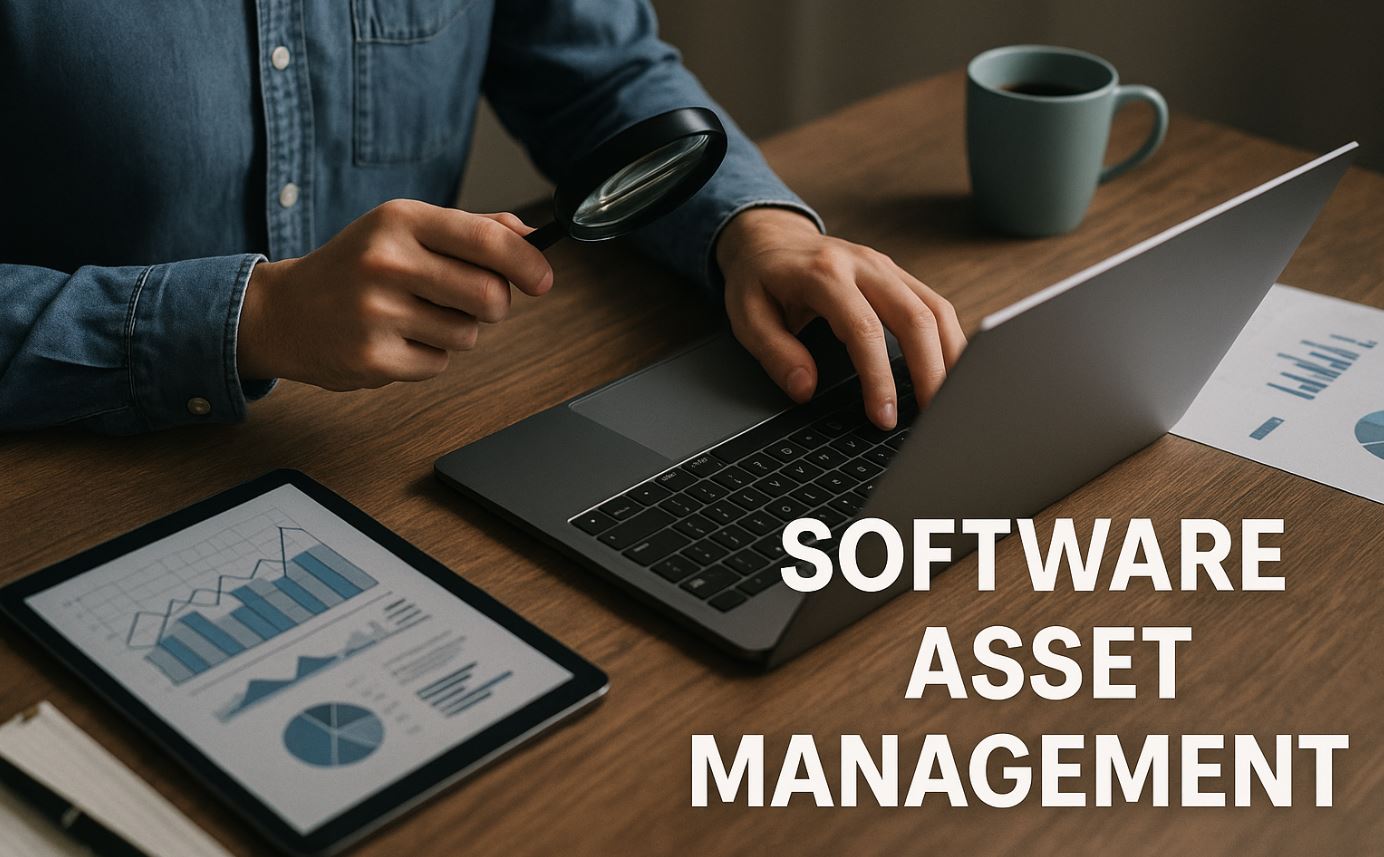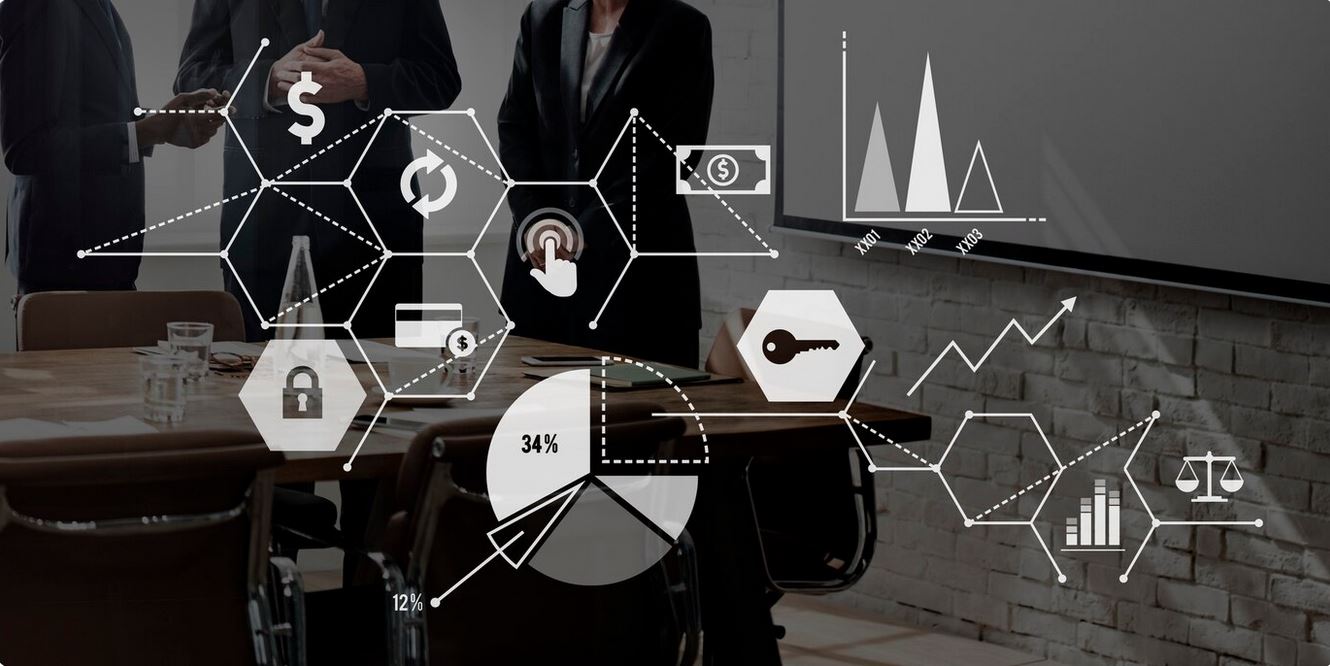Software Asset Management

In today’s fast-paced digital landscape, organizations rely heavily on software to drive operations, enhance productivity, and maintain a competitive edge. However, managing software assets effectively is a complex task that requires strategic planning and robust tools. Software Asset Management (SAM) is the practice of overseeing and optimizing an organization’s software resources throughout their lifecycle. This article explores the fundamentals of SAM, its benefits, challenges, best practices, and how tools like Smartsheet’s Asset Management software can streamline the process.
What is Software Asset Management (SAM)?
Software Asset Management (SAM) is a business practice that involves managing and optimizing the purchase, deployment, maintenance, utilization, and disposal of software assets within an organization. SAM encompasses policies, processes, and also tools designed to ensure compliance with software licenses, reduce costs, and maximize the value of software investments.
Most importantly, SAM is a subset of IT Asset Management (ITAM), which focuses specifically on technology assets, including hardware, software, and cloud-based services. By implementing SAM, organizations gain visibility into their software inventory, ensuring they are neither over-licensed (paying for unused licenses) nor under-licensed (risking non-compliance penalties).

Key Components of SAM
- Inventory Management: Tracking all software assets, including versions, licenses, and usage.
- License Compliance: Ensuring adherence to software licensing agreements to avoid legal and financial risks.
- Cost Optimization: Reducing unnecessary software expenditures by identifying underutilized or redundant licenses.
- Risk Mitigation: Protecting against security vulnerabilities and audit risks associated with unlicensed or outdated software.
- Lifecycle Management: Managing software from procurement to retirement, including upgrades and renewals.
That’s why SAM is critical for organizations of all sizes, from small businesses to large enterprises, as it aligns software usage with business goals while minimizing risks and costs.
Why is Software Asset Management Important?
The importance of SAM cannot be overstated in a world where software is integral to business operations. Here are some key reasons why organizations should prioritize SAM:
1. Cost Savings
Effective SAM helps organizations avoid overpaying for software licenses they don’t need or underpaying, which could lead to costly penalties during audits. According to a 2023 report by Gartner, businesses with centralized asset management systems can improve asset utilization rates by up to 20%, leading to significant cost savings.
2. Compliance and Audit Readiness
Non-compliance with software licensing agreements can result in hefty fines and reputational damage. Also SAM ensures that organizations adhere to vendor terms, such as those outlined in ISO/IEC 19770 standards for IT asset management, making audits smoother and less risky.
3. Enhanced Security
Outdated or unlicensed software can expose organizations to cybersecurity threats. SAM tools track software versions and patch updates, reducing vulnerabilities and ensuring a secure IT environment.
4. Improved Decision-Making
SAM provides data-driven insights into software usage, enabling IT leaders to make informed decisions about renewals, upgrades, or replacements. Dashboards and reports, like those offered by Smartsheet’s Asset Management software, give real-time visibility into asset performance.
5. Operational Efficiency
By centralizing software data, SAM eliminates manual processes and reduces administrative overhead. Automated workflows and mobile access, as seen in Smartsheet’s platform, streamline tasks like asset registration and tracking.
Challenges in Software Asset Management
Despite its benefits, implementing SAM can be challenging. Organizations often face obstacles that require careful planning and the right tools to overcome.
1. Complexity of Licensing Agreements
Software licensing models vary widely, from perpetual licenses to subscription-based SaaS (Software as a Service) models. Understanding terms like concurrent users, named users, or usage-based pricing can be daunting, especially for organizations with diverse software portfolios.
2. Lack of Visibility
Without a centralized system, tracking software assets across departments or locations is nearly impossible. Spreadsheets, while initially cost-effective, are error-prone and lack scalability, making them unsuitable for growing businesses.
3. Rapid Technological Change
The software landscape evolves quickly, with frequent updates, new versions, and emerging technologies like AI and IoT. Keeping up with these changes requires proactive SAM strategies and tools that support real-time updates.
4. Resource Constraints
SAM requires dedicated time and expertise, which can strain IT teams already managing multiple responsibilities. Small businesses, in particular, may struggle to allocate resources for SAM without automated solutions.
5. Audit Risks
Software vendors like Microsoft, Adobe, and Oracle conduct regular audits to ensure compliance. Without proper SAM processes, organizations risk unexpected audits that can lead to significant penalties.
Best Practices for Effective Software Asset Management

To overcome these challenges and maximize the benefits of SAM, organizations should adopt the following best practices:
1. Conduct a Software Inventory
Start by creating a comprehensive inventory of all software assets. Include details like software name, version, license type, purchase date, and usage metrics. Tools like Smartsheet’s Asset Management software allow organizations to register assets using forms and track them in real-time via mobile barcode scanning.
2. Centralize Data Management
Move away from fragmented spreadsheets and adopt a centralized SAM platform. Smartsheet, for example, offers a cloud-based solution with dashboards and reports that provide a holistic view of software assets, improving visibility and collaboration.
3. Automate SAM Processes
Automation reduces manual effort and minimizes errors. SAM tools can automate tasks like license tracking, renewal reminders, and compliance checks. Smartsheet’s mobile app, for instance, enables quick updates to asset conditions and locations, enhancing efficiency.
4. Monitor Usage Regularly
Track software usage to identify underutilized licenses that can be reallocated or retired. Smartsheet’s analytics tools help organizations monitor asset performance and optimize resource allocation.
5. Stay Audit-Ready
Maintain accurate records and documentation to prepare for vendor audits. Implement ISO/IEC 19770 standards to align with industry best practices for software identification, licensing, and resource utilization.
6. Train Employees
Educate staff on SAM policies and the importance of compliance. User-friendly platforms like Smartsheet make it easier for non-technical users to engage with SAM processes, reducing the learning curve.
7. Partner with SAM Experts
For organizations with limited in-house expertise, partnering with SAM consultants or vendors can provide valuable guidance. Smartsheet’s integrations with tools like ServiceNow and Salesforce enhance SAM capabilities, making it easier to manage complex environments.
Smartsheet’s Asset Management Software: A Game-Changer for SAM
As an illustration, Smartsheet’s Asset Management software is a powerful tool for organizations looking to streamline their SAM processes. Designed to optimize asset tracking and management, Smartsheet offers features that align with modern SAM requirements, making it an ideal choice for businesses of all sizes.
Key Features of Smartsheet’s Asset Management Software
- Asset Registration Forms: Simplify the process of adding new software assets with customizable forms, ensuring all relevant details (e.g., license type, vendor, and purchase date) are captured accurately.
- Real-Time Tracking: Use mobile barcode scanning to quickly locate and update software assets, whether on-site or remote. This feature is particularly useful for distributed teams managing cloud-based software.
- Dashboards and Reports: Gain insights into software usage, compliance status, and cost metrics through intuitive dashboards. Smartsheet’s “Asset Metrics” and “Overdue Assets” reports help IT teams stay proactive.
- Mobile Accessibility: Access and update asset data on the go via Smartsheet’s iOS and Android apps, ensuring flexibility for field teams or remote workers.
- QR Code Integration: Link software assets to QR codes for instant access to license details, usage history, and compliance information, enhancing efficiency.
- Workflow Automation: Automate repetitive tasks like renewal notifications or compliance checks, reducing administrative overhead and improving accuracy.
Benefits of Using Smartsheet for SAM
Smartsheet’s cloud-based platform is designed for ease of use, scalability, and collaboration. By integrating SAM processes into a single system, Smartsheet helps organizations:
- Reduce costs by identifying unused licenses.
- Ensure compliance with real-time license tracking.
- Improve decision-making with data-driven insights.
- Enhance team collaboration with shared dashboards and mobile access.
For example, a large retail chain used Smartsheet to centralize its IT asset data, gaining real-time visibility into software licenses across hundreds of locations. This led to optimized license allocation, reduced unnecessary purchases, and significant cost savings.
Smartsheet vs. Spreadsheets
While spreadsheets are a common starting point for SAM, they lack the scalability and automation needed for complex environments. Smartsheet addresses these limitations by offering:
- Centralized data storage to eliminate version conflicts.
- Automated workflows to reduce manual data entry.
- Real-time updates accessible from any device.
- Robust security features to protect sensitive asset data.
By transitioning from spreadsheets to Smartsheet, organizations can save time, reduce errors, and scale their SAM processes as they grow.
The Role of Technology in Modern SAM
Technology plays a pivotal role in transforming SAM from a manual, error-prone process into a strategic asset management practice. Modern SAM tools leverage advancements like AI, cloud computing, and IoT to enhance efficiency and accuracy.
1. Artificial Intelligence (AI)
AI-powered SAM tools, such as those integrated into Smartsheet’s Brandfolder platform, can detect duplicate licenses, extract metadata, and automate compliance checks. AI also predicts usage trends, helping organizations optimize their software investments.
2. Cloud-Based Solutions
Cloud platforms like Smartsheet provide scalability and accessibility, allowing organizations to manage software assets from anywhere. Cloud-based SAM also supports real-time data backups, ensuring data integrity during audits.
3. Internet of Things (IoT)
As organizations adopt IoT devices, SAM tools must track associated software licenses. Smartsheet’s mobile app, for instance, supports barcode scanning for IoT-related software, ensuring comprehensive asset visibility.
4. Integrations
Modern SAM tools integrate with enterprise systems like ServiceNow, Salesforce, and Microsoft Teams to streamline workflows. Smartsheet’s pre-built integrations enhance SAM by connecting software data with other business processes.
Future Trends in Software Asset Management

As technology evolves, SAM will continue to adapt to new challenges and opportunities. Here are some trends shaping the future of SAM:
1. SaaS Dominance
The shift to subscription-based SaaS models is reshaping SAM. Organizations must track recurring costs, usage metrics, and renewal dates for cloud-based software, making tools like Smartsheet essential for managing SaaS portfolios.
2. AI and Automation
AI will play a larger role in SAM, automating tasks like license optimization and audit preparation. Smartsheet’s AI-powered features, such as predictive analytics, are already paving the way for smarter SAM.
3. Sustainability
Organizations are increasingly focused on sustainable IT practices. SAM can contribute by reducing software waste (e.g., unused licenses) and optimizing resource consumption, aligning with environmental goals.
4. Regulatory Compliance
Stricter regulations around data privacy and software usage will drive demand for robust SAM solutions. Tools that support ISO/IEC 19770 standards, like Smartsheet, will be critical for compliance.
5. Hybrid Work Environments
With remote and hybrid work becoming the norm, SAM tools must support distributed teams. Smartsheet’s mobile accessibility and cloud-based platform make it well-suited for managing software assets in hybrid environments.
Getting Started with Software Asset Management
Implementing SAM may seem daunting, but with the right approach and tools, organizations can achieve significant benefits. Here’s a step-by-step guide to get started:
1. Assess Your Current State
Conduct a software audit to identify existing assets, licenses, and usage patterns. Use Smartsheet’s asset inventory templates to streamline this process.
2. Define SAM Goals
Set clear objectives, such as cost reduction, compliance, or security enhancement. Align these goals with your organization’s broader IT strategy.
3. Choose the Right SAM Tool
Select a tool that meets your needs for scalability, automation, and integrations. Smartsheet’s Asset Management software is a versatile option for organizations seeking a user-friendly, cloud-based solution.
4. Develop SAM Policies
Create policies for software procurement, usage, and disposal. Ensure all employees are aware of these policies to maintain compliance.
5. Implement and Monitor
Deploy your SAM tool and monitor its performance regularly. Use Smartsheet’s dashboards to track key metrics and adjust your strategy as needed.
6. Continuously Improve
SAM is an ongoing process. Regularly review your software inventory, update licenses, and adopt new technologies to stay ahead of the curve.
Conclusion
In summary, Software Asset Management is a critical practice for organizations looking to optimize their software investments, ensure compliance, and enhance operational efficiency. By adopting best practices and leveraging tools like Smartsheet’s Asset Management software, businesses can overcome SAM challenges and unlock the full potential of their digital resources.
Smartsheet’s cloud-based platform, with features like real-time tracking, mobile accessibility, and automated workflows, makes it an ideal choice for modern SAM. As the software landscape continues to evolve, organizations that prioritize SAM will be better positioned to navigate complexity, reduce costs, and drive success in the digital age.
Ready to take control of your software assets? Explore Smartsheet’s Asset Management software today and start your journey toward efficient, compliant, and cost-effective SAM.
You might also be interested Unlocking the Basics: What is Asset Management?



